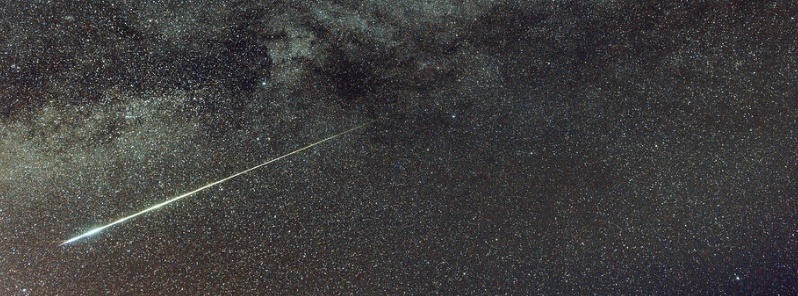Research suggests fireball over Australia was Earth’s minimoon

A new study suggests that fireball that exploded over Australia in 2016 might have been Earth's 'minimoon.' If true, this would be the second observation of a minimoon fireball ever.
Objects gravitationally captured by the Earth – Moon system are commonly called temporarily captured orbiters (TCOs), natural Earth satellites, or minimoons.
They are a crucially important subpopulation of near-Earth objects (NEOs) to understand because they are the easiest targets for future sample-return, redirection, or asteroid mining missions, a team of researchers at Curtin University researchers report in a study published recently in The Astronomical Journal.
Objects such as these orbit our planet, but they do not circle the Earth for very long as they eventually crash through the atmosphere, or flung back to space.
Only one TCO has ever been observed telescopically – 2006 RH120, and it orbited Earth for about 11 months. Additionally, only one TCO fireball has ever been observed prior to this study.
"We present our observations of an extremely slow fireball (codename DN160822_03) with an initial velocity of around 11.0 km s−1 that was detected by six of the high-resolution digital fireball observatories located in the South Australian region of the Desert Fireball Network," authors said.
They examined the sensitivity of the fireball's orbital history to the chosen triangulation method and used the numerical integrator REBOUND to assess particle histories and assess the statistical origin of DN160822_03.
The researchers found that the most probable capture time, velocity, semimajor axis, NEO group, and capture mechanism vary annually for this event. Most particles show that there is an increased capture probability during Earth's aphelion and perihelion.
In the future, events like these may be detected ahead of time using telescopes like the Large Synoptic Survey Telescope, and the pre-atmospheric trajectory can be verified.
Reference
"Identification of a minimoon fireball" – Shober, P. M. et al – The Astronomical Journal – DOI: 10.3847/1538-3881/ab3f2d
Featured image credit: Bright Perseid Meteor by Kees Scherer (PD – Flickr)

Wouldn’t several of these fireballs a result of man-made debris in our outer orbit around earth that fail their course and enter the atomosphere?